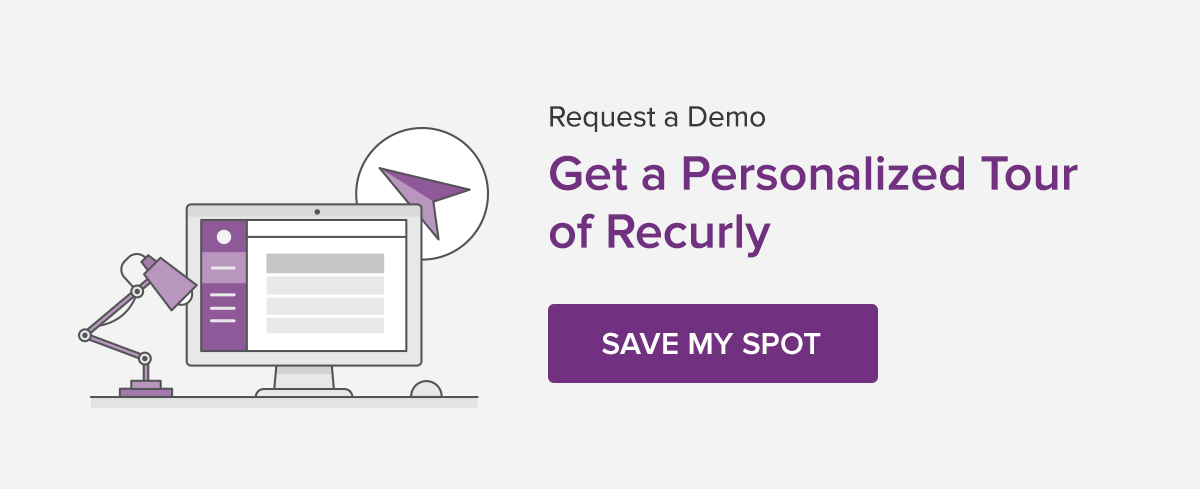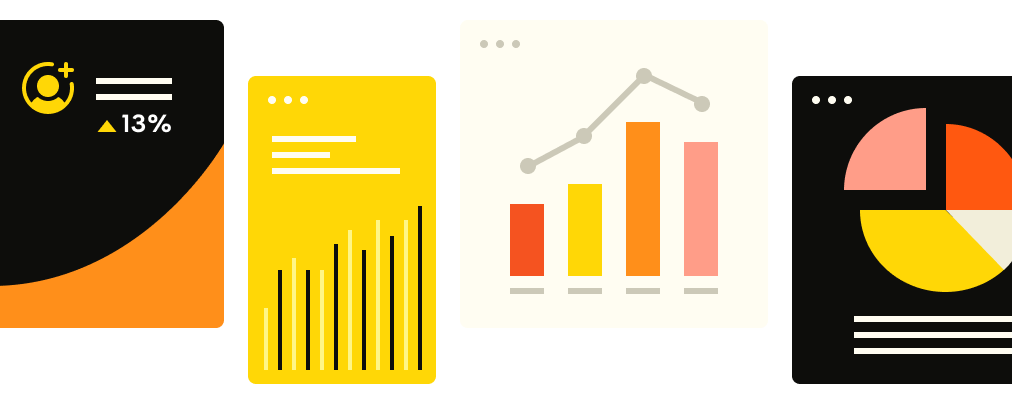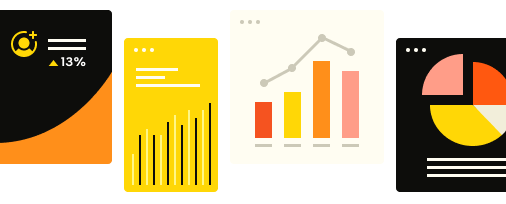Making the Most of Recurly with Multiple Webhooks

In a SaaS-connected world, where best-of-breed software companies have developed on-demand, highly focused solutions to support a variety of business functions, Recurly merchants weave specialized applications together to create a solution that’s tailored to their business.
Merchants get the most value out of connected applications when customer data and events are integrated as they happen in Recurly. Webhooks automatically and continuously disseminate Recurly data, such as billing or subscription information, to drive custom financial reporting, advanced analytics, referral tracking, marketing automation, and more.
Recurly “pushes” data via webhook notifications to merchant-designated URLs. The transmission of data saves merchants from having to continuously query APIs to find recent activity, which results in efficient integrations. Webhook notification data may be enriched via Recurly’s API or UI, as needed. Webhook automation streamlines both custom and out-of-the-box integrations, minimizing development effort and making Recurly an easily extensible environment.
For example, managing provisioning for a new customer. When a merchant receives a new account notification via a webhook with that customer’s name and account number, they can use this information to query the API for that new customer’s contact information and then “turn on” or “deliver” their product or service to that customer.
Or, perhaps a customer cancels their subscription. The merchant receives a notification via a webhook with the customer’s name and account number. The merchant can use this information to trigger an email to the customer with a special discount offer to re-subscribe.
Another common use case for webhooks is when a customer’s payment fails. The merchant receives a notification of the failure and a reason for the failed payment, and in addition to dunning, the merchant can use this information to follow up via various means with their customer to rectify the failure.
The ability to define more than one webhook endpoint makes the entire system that much more useful and extensible.
Some ideas on how to use webhook end-points for additional applications:
Connect directly into a reporting and analytics tools provider (such as ChartMogul) to keep your reporting data up-to-date, rather than doing manual daily imports.
Connect to a referral tracking system, (such as LeadDyno or Referral SaaSquatch), so that new records can be automatically generated every time a new customer signs up.
Connect to marketing automation applications (such as Autopilot or HubSpot).
Automate workflows even further by sending webhooks straight to a web automation platform (such as Zapier) and have specific events trigger different actions in multiple applications.
We know that our merchants need to ensure that their business and mission-critical business systems have the most up-to-date information available about their customers. By managing the subscription billing information for our merchants, our data is “the source of truth” for merchants’ key billing data. Recurly webhooks allow them to take this data and automatically populate other systems with it, extending Recurly’s functionality and creating triggered events which increase operational efficiencies.
To find out more about using webhooks, read our documentation page.


